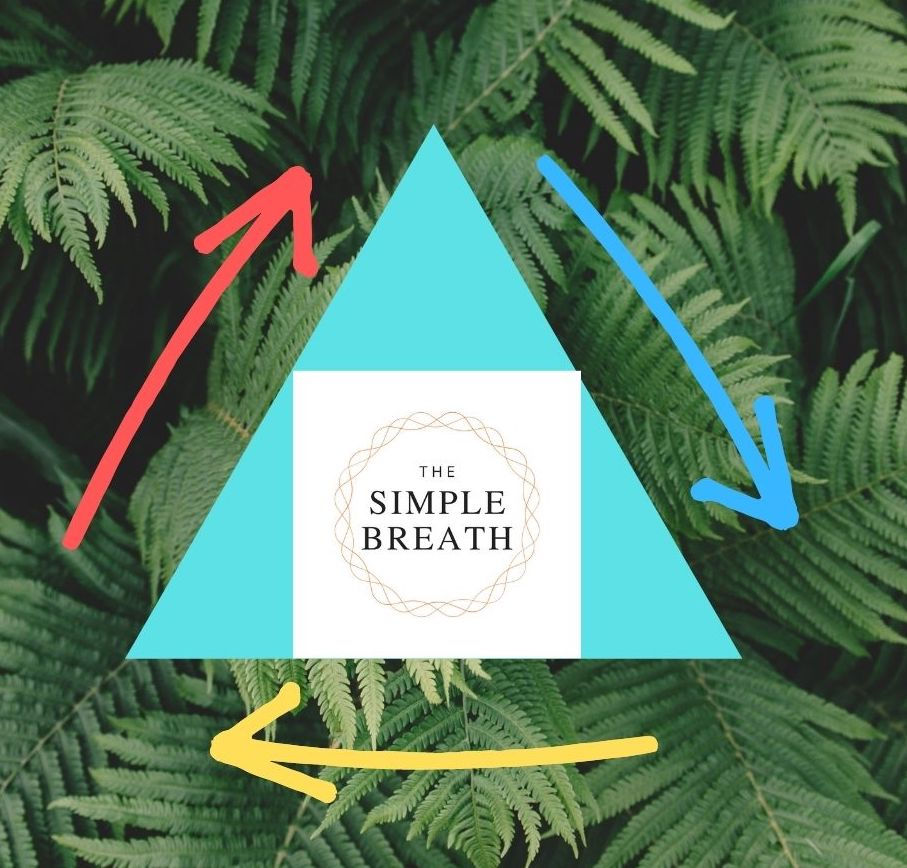Why “Just Take a Deep Breath” does NOT help!!
The ineffectiveness of ‘just taking a deep breath’ is over-looked.
This practise as a process to calm down, reduce anxiety, minimise stress, increase oxygen, slow the heart rate, feel better, etc etc is a Myth.
But why?
Taking a deep breath generally involves consuming more air, but result in less Oxygen (O2) reaching our vital organs, including our brain.
Notice when you next take a deep breath. Or watch someone else do it. It will involve a large sucking in of air through the mouth. The chest will expand. The shoulders will rise. The head will even bod up and down.
And the exhale will involve a massive release of air and accompanied with a visible upper body slump.
So…what IS happening?

When you inhale much deeper and take much faster breaths than normal. This deep, quick breathing can change what’s in your blood. Normally, you breathe in oxygen and breathe out carbon dioxide. But when you over deep breathe this can easily lead to hyperventilation, the carbon dioxide levels in your bloodstream drop too low. Because those ‘deep breathes’ result in large exhalations. Higher levels of Carbon Dioxide (CO2) are released.
Breathing in and out through the mouth is super INEFFECTIVE in reducing anxiety and actually results in the body’s natural increased stress state.
And the tension in our shoulders, neck and head also contribute to an increased stress state. Rather than the Uber-relaxed state that was intended.
And you’ll notice it right away because you’ll start to feel a bit ‘off’ even nauseous. Maybe light headedness. Or tingling sensations, especially in your fingers or toes.
This is a sign of a lack of oxygen being released into the tissues and vital organs.
You can’t think straight as there is insufficient oxygen to the brain. You actually make your decision making skills worse. You actually place your mind and body into an anxious, stressed state. You can actually feel worse through this process than when you started.
The solution – A measured deep breath is better described as a “low breath”. And here’s how to simply and practically experience it:
Low because you focus on breathing through the rise and fall of your diaphragm rather than up in your chest.
And your inhale is slowly through the NOSE not the mouth.

· Focus on slowing the breath.
· Now imagine the shape of a triangle.
· Your inhale is the left side of the triangle.
· And you inhale through your nose.
· The exhalation is from the top point of the triangle down the right hand edge of the triangle.
· And exhale through pursed lips – especially for the first 3-5 breaths.
· Then pause at the bottom. The base of the triangle. Just until you feel a desire to inhale again.
Bring awareness to your breath. And Breathe ‘low & slow’.
Breathe in through the nose, and gently out through pursed lips.
And gradually increase the breath pause at the base of the triangle.
The goal is after 3-5 breaths, to extend the pause after your exhale to 3-5 seconds.
Then next step is to extend your exhale so it’s at least 2 seconds longer than your inhale.
This could all take as little as 90 Seconds. And significant feelings of calm and clearer thinking will start to ‘kick in’ in as little as 2 minutes. Follow the practise for just 5 minutes and you WILL feel so, so, so much better.
This practise allows your blood pH level to firstly come into balance.
Then as a result of more CO2 present in your blood your blood pH will fall just slightly.
This flow on effect results in an increase of Oxygen (O2) being released into your tissues and brain. Resulting in a true feel of calm. And WAY MORE effective brain functioning.

Comments